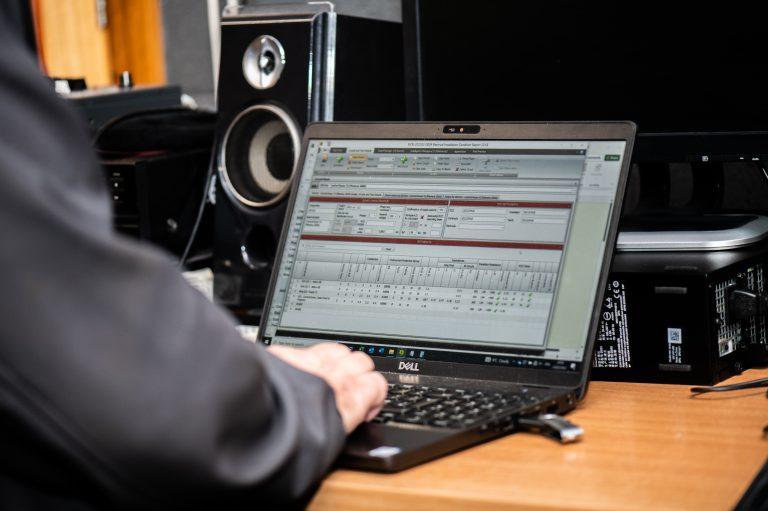Emergency lighting is an important part of any premises, and having your system checked will ensure that your business is prepared for an emergency. Here, we look at what emergency lighting is, why it’s so necessary, and when it needs testing.
What is emergency lighting?
Emergency lighting comes on when a building’s normal lighting fails, possibly due to a power cut or fire. Without emergency lighting, rooms, corridors, and stairwells will be plunged into darkness which could lead to panic and injury. Emergency lighting is important as it helps people to safely leave the premises, which is why ensuring that it’s regularly tested and working correctly is vital.
What are the different types of emergency lighting?
Emergency lighting is a term used to cover emergency escape lighting and standby lighting. Emergency escape lighting is in place to guide people safely out of a building and to provide illumination for those carrying out necessary safety procedures. This type of lighting is a requirement of The Regulatory Reform (Fire Safety) Order 2005. Standby lighting is not a legal requirement but enables people to continue with their activities and could be useful depending on how the building is being used.
What happens during emergency light testing?
During emergency light testing, your emergency lighting will be checked to ensure that all lights are coming on as expected, are producing the right level of illumination, and that there are no faults or maintenance issues. If there are any problems, these can be highlighted and fixed.
How often is emergency light testing needed?
It’s important to regularly check that emergency lighting is working, as faults in the system could result in injury and other problems should there be a fire, power cut, or another emergency. For this reason, emergency lighting should be checked every month – in a short test also known as a ‘flick test’ – and emergency lighting should be on long enough to ensure that it’s operating correctly.
In addition to these monthly tests, an annual test is required. In this test, all lights will be switched off and your emergency lighting will be in place for three hours to ensure that it can last for this duration. They should then be checked once your primary lights have been switched back on to make sure that they’re charging correctly. Annual tests must be completed by a competent person.
Do you need to get your emergency lights tested? If so, contact our Intersafe team today and book a test.




